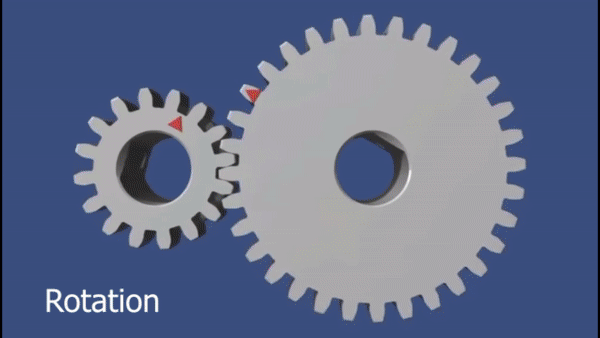
In the prior chapters, we mostly focused on a single particle’s motion. A particle is visualized as a point mass and It is essentially sizeless.
Now we are going to utilize our findings to describe the motion of finite-sized bodies , assuming that the motion of such bodies can be explained by the particle movements.
Every genuine body we come into contact with on a regular basis has a finite size. The idealised model of a particle frequently falls short when addressing the motion of extended entities (bodies of finite size). We will attempt to go past this deficiency in this chapter. We will make an effort to comprehend how extended bodies move. First and foremost, an extended body is a system of particles. We’ll start by taking into account the system’s overall motion. Here, an important idea is the system of particle’s centre of mass.
We’ll talk about how the centre of mass of a system of particles moves and how knowing this idea can help us comprehend how extended bodies move.
By treating extended bodies as rigid bodies, it is possible to solve a wide range of extended body difficulties. A rigid body is one that has a totally distinct and constant shape. The separations between every pair of particles in such a body remain constant.
This concept of a rigid body makes it clear that no real body is actually rigid because real bodies flex in response to forces. However, the deformations are often insignificant. On the other hand, we can disregard the fact that bodies like as wheels, tops, steel beams, molecules, and planets warp, bend, or vibrate and treat them as rigid in a number of circumstances.
Now in this chapter we are going to deal with the kinetics and dynamics of rigid bodies in pure rotation.
Get Full Access Of the Chapters
